Payroll processing is a complex yet critical function for any organization. Manual payroll can become an administrative nightmare given India’s ever-changing regulations around payroll compliances, taxation and reporting. At the same time, employees expect on-time salary payments and transparency in their earnings. Mistakes can lead to fines, litigation and reputational damage.
Automating payroll with a software system has become an operational necessity for Indian companies. There are immense benefits of payroll software in terms of time savings, compliance, data security and more. This comprehensive guide will explore the key features and benefits of payroll software in India. Whether you are just starting payroll management or looking to switch from manual processes, this guide will help you understand how payroll software can transform and optimize your workflows.
Content On This Page
What is Payroll Software?
Payroll processing is a crucial business function that ensures employees are paid accurately and on time. However, managing payroll manually can be extremely tedious, error-prone and risky in terms of compliance. Payroll software aims to automate and streamline the entire process from salary calculation to payments and regulatory reporting.
Key Features of Payroll Software
When selecting a payroll software solution, there are some key features Indian businesses should evaluate:
1. Robust Reporting
Reporting is one of the top reasons to adopt payroll software. Ensure the system provides comprehensive pre-built reports across parameters like:
- Salary Register – Details all payouts and deductions for each employee
- Bank Advice – Mappings for integrating salary data with bank transfers
- Payroll Summary – Summarizes overall payroll by components like basic, HRA, medical etc.
- Reimbursement Register – Tracks expense claims and disbursals
- Leave Register – Tracks leaves availed by employees
- Tax Reports – Form 16, Form 12BA, Form 26AS and more
- Statutory Reports – PF, ESI and other regulatory reports
Manual generation of these complex reports is tedious. Verify the software automates all essential reports accurately.
2. Customizability
While evaluating software, check the flexibility to tailor it to your workflows without relying on the vendor. This includes:
- Custom Fields – Add fields for storing extra employee data
- Custom Earnings and Deductions – Define additional components unique to your company
- Process Flows – Configure multi-step approval workflows as per your policy
- Salary Structures – Support for multiple structures to accommodate diverse roles
- Integration – APIs to connect payroll with other internal systems
Such customization allows the software to adapt as your needs change over time.
3. Mobile Access
Allowing employees to view their payroll details remotely improves transparency. See if the software offers:
- Native mobile apps for iOS and Android
- Manager and employee self-service access
- Secure access using biometrics or passwords
- Key features like payslip download, reimbursement claims, leave requests
Easy mobile access provides convenience and quick query resolution. You can also check out our article on Enhancing Efficiency with Payroll Software for Employee Self-Service.
4. HRMS Integration
Manually re-entering employee data across HR and payroll leads to inconsistency. Opt for systems that integrate using:
- Single data source – Maintains one centralized employee database
- Automatic data sync – Key details like salaries and deductions flow across integrated systems
- User lifecycle management – New joiners, transfers and resignations automatically updated
This integration eliminates duplication of data and efforts.
5. Tax Filing Automation
Payroll software should fully automate compliances like:
- TDS filing – Generating quarterly returns, issue Form 16, integrate with TRACES
- E-TDS returns – Quarterly TDS statements for employees
- PF/ESI returns – Monthly/annual filings to regulatory agencies
- Income Tax computation – Annual returns like Form 24Q, Form 26AS
Choose software that takes care of end-to-end filing and payments to optimize compliance.
Evaluating these key aspects thoroughly will help identify the right payroll software match for your business needs and maximize the benefits of payroll software through automation.
Benefits of Payroll Software
Adopting payroll software can transform payroll processing for Indian businesses. Automating the calculation of salaries and deductions provides numerous advantages over manual payroll. Here are some of the key benefits of payroll software:
1. Saves Time and Reduces Errors
Calculating payroll manually is extremely time-consuming, requiring aggregation of attendance, leave, overtime, reimbursements and more. Doing this for multiple employees inevitably leads to human errors in salary calculation. Payroll software automates the entire process based on accurate data inputs.
This reduces the time spent on repetitive payroll tasks from days to hours. Automation also minimizes the chances of incorrect salary or deduction amounts. The software automatically applies tax deductions, PT calculations and other compulsory reductions accurately every month. This prevents penalties due to non-compliance.
2. Ensures Compliance
Staying up-to-date with the latest payroll regulations is challenging. However, non-compliance can lead to fines or litigation. Payroll software is always aligned to the newest EPFO, TDS, ESIC and other regulations. It automatically applies changes to taxation slabs, minimum wages, bonus payments etc.
The software also generates on-time PF, TDS and other regulatory reports in the prescribed formats. Tools for form 16 and 26AS generation simplify compliance. Standardized processes and audit trails prevent errors. Software is also useful for implementing new laws like the Wage Code.
3. Provides Analytics and Insights
Payroll data contains many insights about a company’s workforce. The software provides intelligent analytics for data-driven decisions. Real-time dashboards provide visibility into payroll spending. Analytics can identify high overtime employees, salary outliers, absenteeism patterns and more.
The software enables year-on-year comparisons, salary benchmarking, headcount analysis and other reports. Understanding metrics like payroll cost per employee allows better budgeting. Custom reports can be generated for management. The data can also help optimize hiring and prevent attrition.
4. Offers Flexibility and Customization
Payroll needs vary across industries and organization sizes. Packaged software can be customized to fit specific requirements. Options like managing multiple locations, currencies and pay cycles are available. Masters such as earnings, deductions, reimbursements and leave types can be added.
Provision for bonuses, incentives and retroactive pay exists. The software can integrate with attendance systems and HR platforms. Different access levels allow selective data visibility. Configurable approval workflows for payroll posting can be set up. White-label mobile apps provide employees access to payslips and tax documents.
5. Enhances Data Security
Payroll data is highly confidential, making security a top priority. Payroll software uses encryption, role-based access and audit trails to maintain data privacy. Two-factor authentication prevents unauthorized access. Automated backups ensure data recovery from system failures.
The software also eliminates the need to store paper documents and ensures digital copies are accessible whenever required. HRMS integration allows a single source of employee information reducing duplication.
Some Additional Benefits of Payroll Software
Besides the major advantages, there are some additional benefits of payroll software:
1. Improves Employee Satisfaction
Manual payroll tends to be opaque for employees. But the software enhances the experience through:
- Self-service portal for accessing payslips and tax documents
- Transparency into leaves, deductions and reimbursements
- Ability to raise queries or update details digitally
This convenience boosts employee satisfaction levels and retention.
2. Allows Remote Access
With increasing remote work, employees expect payroll access from anywhere. Software enables:
- Web and mobile access from any location
- Multi-location support for distributed teams
- Role-based access controls for security
This results in quick payroll processing and enhanced productivity.
3. Simplifies Payroll Tax Filing
Tax filing has many compliance requirements like:
- Generating quarterly TDS certificates
- Issuing Form 16 annually
- e-TDS returns for income tax
- Integrating with the TRACES portal
Payroll software fully automates these filings and integrations. This reduces compliance workload significantly.
4. Integrates with Other Software
Integration capabilities like:
- Accounting software – Automates journal entries for salary expenses
- HRMS – Syncs common employee data to a single source
- Travel software – Imports reimbursement data for claims
- Bank payments – Uploads salary disbursals for bank transfers
This eliminates manual rework and improves accuracy across systems.
While not the primary drivers, these additional benefits of payroll software create further business value from payroll automation.
What Are The Benefits Of Nitso HR and Payroll Software?
Nitso offers a comprehensive cloud-based HR and payroll management platform designed specifically for Indian businesses. Here’s how it can help optimize your workflows:
1. Accurate, Automated Salary Calculations
Nitso automates the entire payroll process including salary calculation, statutory deductions, reimbursements, leave management and more. Configurable salary components and automation rules ensure accuracy.
2. Stay Compliant with Changing Regulations
Stay compliant with changing regulations around minimum wages, PF, ESIC, TDS etc. Nitso generates all statutory forms and reports and even handles filings and payments.
3. Data-driven Insights for Better Decisions
Gain data-driven insights with customizable reports for salaries, leaves, headcount, performance and more. Dashboards provide real-time visibility into payroll spending.
4. Automated Tax Filings and Compliance
Nitso automates tax filings like Form 16, Form 26AS, 24Q and more. It also handles integrating with IT authorities for TDS payments and returns.
5. Payroll on the Go for Employees
Employees can access payslips, apply for leaves, submit claims and raise payroll queries via web and mobile apps.
6. Seamless Connectivity with Other Systems
Seamlessly integrate payroll with attendance systems, HRMS, accounting software and bank payments via APIs.
7. Tailored Configuration for Unique Needs
Tailor Nitso to your unique processes and requirements without dependency through configuration options, approval workflows and custom fields.
8. Robust Data Protection and Privacy
Data security is ensured through encryption, access controls and permissions.
By automating and streamlining payroll and HR workflows, Nitso enables businesses to enhance productivity, compliance and employee experience. Its tailored capabilities make it suitable for organizations of all sizes across sectors.
Conclusion
In today’s regulatory environment, manually managing payroll is a risky and inefficient proposition for Indian businesses. Investing in a modern, comprehensive payroll software solution provides automation, compliance and flexibility. The advantages range from massive time savings and error reduction to data security and analytics. Additional benefits of payroll software like mobile access and tax filing automation create further efficiency for staff across finance, HR and operations.
While evaluating options, carefully analyze whether software fits your unique workflows and requirements. Cloud solutions offer reliability and ease of management burden. Implementation may require some initial setup efforts in consultation with the vendor. However, the long-term gains for productivity, compliance and decision-making make payroll software indispensable. Businesses that embrace automation will gain a competitive advantage through optimized payroll processing.

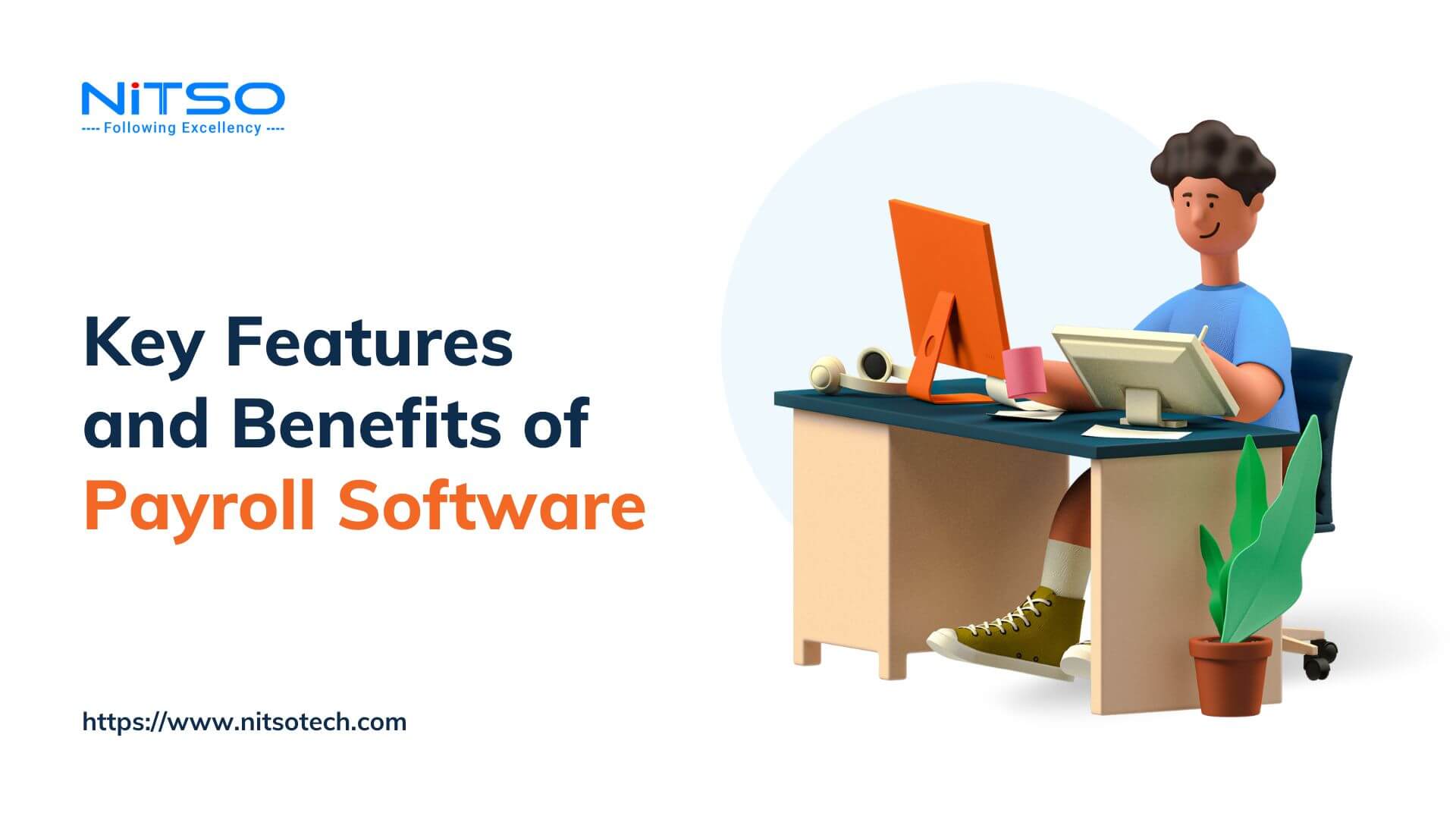

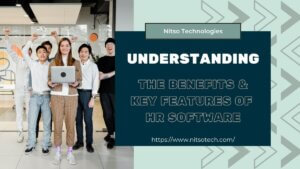
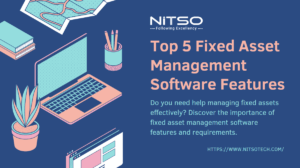
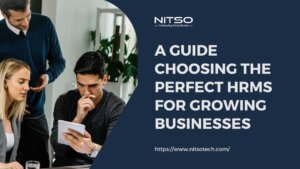
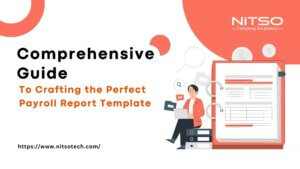

0 Comments